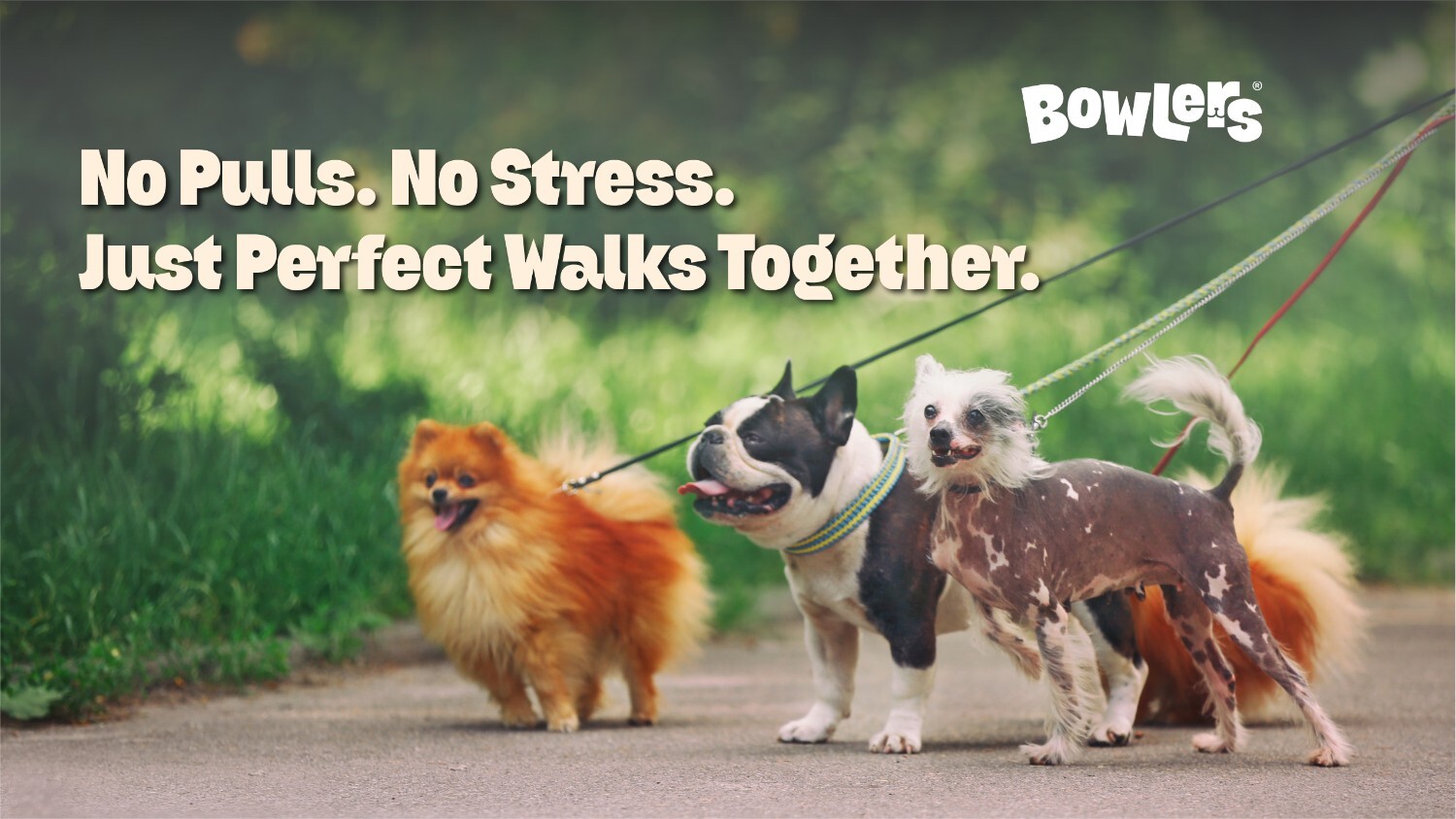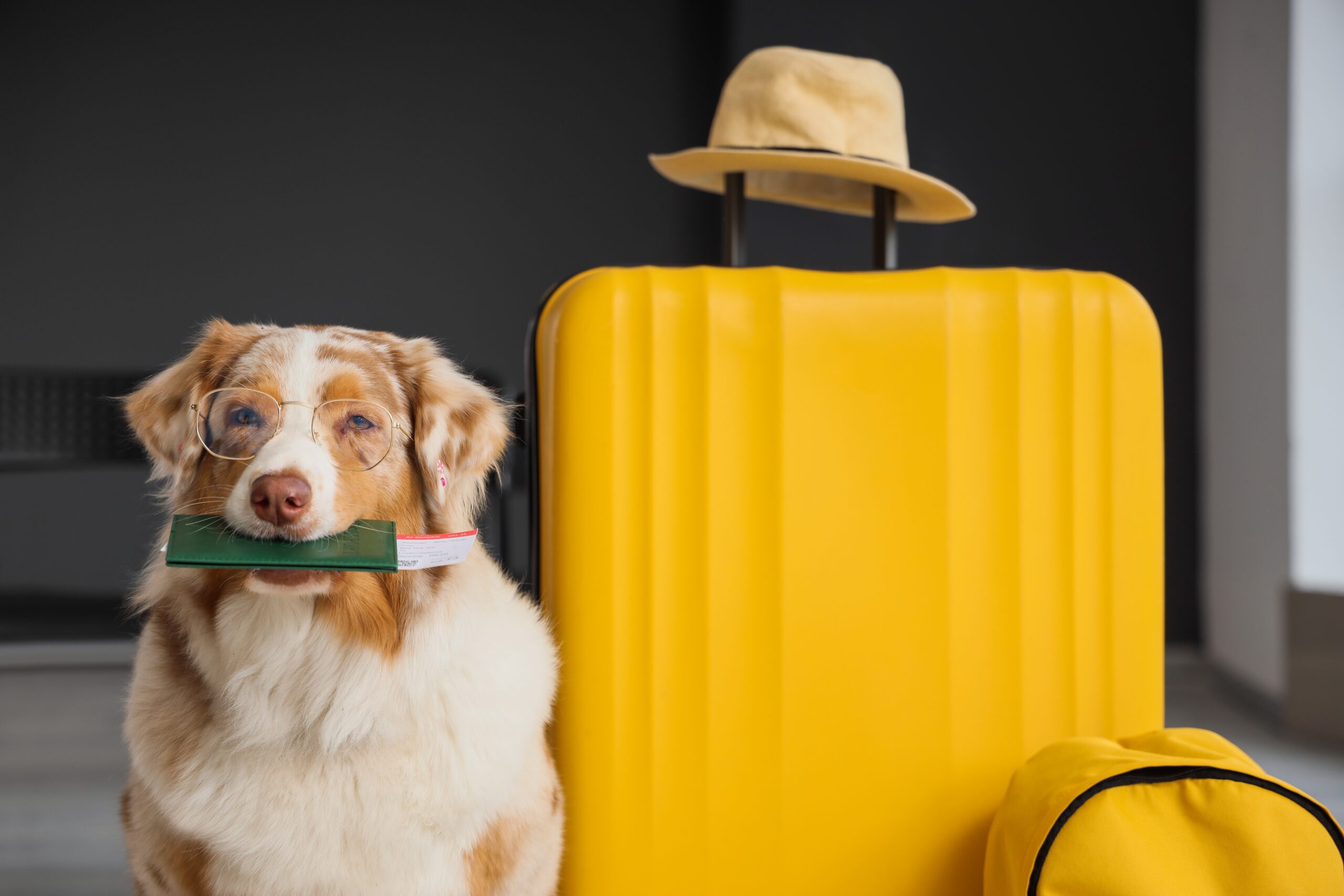How to Leash Train Your Dog Without Pulling

Daily walks should be a calm, enjoyable bonding time not a tug-of-war. If your dog pulls, lunges, or races ahead, it’s time to master leash training for better control.With the right guidance, patience, and rewards, your dog can master loose leash walking calmly strolling beside you, tail wagging, enjoying every step.
Why Leash Training Matters
Proper leash manners make walks safer, smoother, and more enjoyable for everyone. They also play a key role in basic dog training for obedience and manners, just like:
- How to Train Your Dog to Sit and Stay Effectively
- Step-by-Step Guide to Teaching Your Dog Recall Commands
- Best Methods for Potty Training Puppies Indoors and Outdoors
- How to Train Your Dog to Stop Jumping on People
When all these skills come together, you have a calm, confident, and well-behaved companion who enjoys every outing.
Why Dogs Pull on the Leash
Dogs aren’t being naughty they’re curious explorers. They pull because:
- They want to reach new smells and sounds faster.
- They’ve learned that pulling moves them forward.
- They’re overstimulated by people, pets, or cars.
- They were never taught proper leash etiquette.
By changing your walking strategy, you’ll teach your dog that staying close earns more freedom and pulling gets them nowhere.
Step-by-Step Guide to Leash Training Dogs
1. Begin Indoors or in a Quiet Yard
Start where distractions are minimal. Let your dog wear the collar or harness for short periods and reward calm behavior.
Note: Use a comfortable no-pull harness to reduce pressure on the neck and make training smoother.
2. Reward Good Walking Behavior
Positive training starts with the right reward. Bowlers Nutrimax Club Puppy Food makes each treat count grain-free, rich in nutrients, and crafted to boost energy, improve digestion, and enhance coat shine.
It also supports 3x reduction in stool odour, 40% reduction in cell damage, and a reduced risk of diabetes smart nutrition for sharper, happier learners. Whenever your dog walks beside you with a relaxed leash, say “Yes!” and offer a treat. This links calm behavior to positive outcomes.
3. Stop the Moment They Pull
The golden rule of leash training:
If your dog pulls — stop walking. Stand still. Don’t yank or scold. Wait until your dog turns back or the leash slackens, then praise and start walking again. They’ll quickly learn that pulling makes the walk stop, while calm walking keeps it going.
4. Reward Loose Leash Walking
Every time the leash stays loose, praise and reward. Gradually increase how long your dog must walk calmly before receiving a treat.
Over time, you’ll replace treats with verbal praise and gentle pats.
5. Add Distractions Slowly
Move training outdoors — quiet streets first, then busier areas. Each new environment adds challenges, so keep sessions short and positive.
Leash training puppies especially requires patience — focus on fun, not perfection.
Best Tools for Success
- No-pull harness: Offers comfort and control.
- Flat leash (4-6 ft): Encourages steady walking.
- Long line (10-15 ft): Great for recall practice in open areas.
- Healthy rewards: Small pieces of Bowlers Chewrope make training both rewarding and nutritious.
Avoid retractable leashes during early training — they teach tension, not control.
Leash Training Puppies vs. Adult Dogs
| Puppies | Adult Dogs |
|---|---|
| Begin as early as 8 weeks | Be patient with unlearning old habits |
| Keep sessions under 10 minutes | Use structure and consistency |
| Focus on curiosity & gentle exposure | Reward calm behavior repeatedly |
Common Leash Training Mistakes
- Pulling back on the leash — creates resistance.
- Ignoring calm walking — dogs need instant feedback.
- Using harsh collars — can cause fear and injury.
- Walking too far too soon — short, frequent sessions are better.
- Patience and praise — turn confusion into confidence.
Combine Leash Manners with Other Commands
Blend leash training with other beginner dog commands for better focus:
- Ask for a sit before starting.
- Practice stay when pausing.
- Use recall (“come”) during walks.
- End with a calm down at home.
This balanced routine reinforces discipline, trust, and structure.
FAQs About Leash Training
1. How long does leash training take?
Most dogs learn the basics of loose leash walking in 2–4 weeks with consistent practice.
2. My dog pulls suddenly — what should I do?
Stop walking. Wait for calmness, reward when the leash relaxes, then continue.
3. Can leash training help anxious dogs?
Yes! Routine walks with gentle guidance reduce anxiety and build confidence.
4. Should I use treats forever?
Use them heavily at first, then replace with praise and occasional rewards once your dog consistently walks calmly.
Final Thoughts
Leash training transforms chaos into connection. When your dog walks beside you calmly, it’s more than good behavior it’s trust in motion.
Use positive reinforcement, stay patient, and keep sessions short and cheerful. And remember nutritious rewards make learning even more enjoyable. Over time, every walk will become what it should be: a peaceful, shared adventure between best friends.


